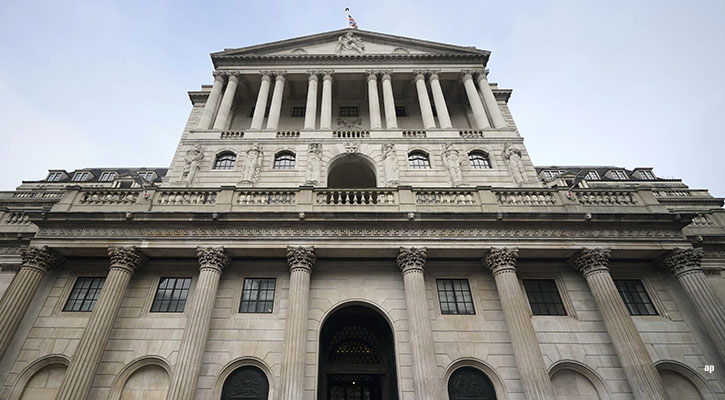This article is part of Morningstar's "Perspectives" series, written by third-party contributors. Here Tom Walker, portfolio manager of the Martin Currie Global Portfolio Trust looks forward to the Fed meeting and a potential interest rate increase.
The key question around the much-anticipated interest rate hike in the US is not when it’s going to happen –but the amount of the initial rise, the pace of subsequent increases, and consequently, the impact on markets.
It’s never going to be easy to raise rates after a prolonged period of stability at an ultra-low level. A controlled, and crucially, well-communicated path to normalisation is the best approach, allowing asset markets to absorb the changes gradually. It’s unlikely that an initial small increase; 0.25% is the figure many expect, would do much economic damage. If, on the other hand, the US Federal Reserve decides to bump up the rates in large and sudden increments, the market is likely to respond with more volatility.
The market is already primed for even the smallest hint that the announcement might be coming.
US stocks fell in August following the release of the eagerly awaited monthly jobs report, despite the fact that the figures missed expectations. They were still strong enough to indicate the possibility of a rate rise happening sooner rather than later.
Such a knee-jerk reaction raises the spectre of the ‘taper tantrum’ in 2013 when markets fell following the mere suggestion that quantitative easing was going to be reined in.
When the rates finally do go up, there will inevitably be some volatility as markets adjust – and the impact of the new higher-rate environment will be felt differently across regions, sectors and at the individual company level.
Who Benefits in a High-Rate Environment?
If, as telegraphed, the rise is due to a strengthened US economy, it will be a good environment for growth assets such as equities and infrastructure, as both do well on the back of a growing economy. It could also signal an increase in merger activity as big companies acquire small companies to offset organic growth concerns.
From a sector perspective, financials should be the standout performers in a rising rate environment since it means increased revenues on loans. This is particularly important as financials are a major component of equity markets.
At the company level, insurance firms should benefit as they too earn higher returns on income they collect from policyholders. Businesses in countries with weaker currencies will be able to export more goods to the US, boosting their earnings.
Who Will Struggle?
At the market level, any event that increases the likelihood of a hike in the cost of borrowing in the US is likely to drive down global stock markets.
Although a rise in stock prices followed the last interest rate hikes (between 2004 and 2006), financial markets are now in a very different position. In the post-GFC world, there is a lot less liquidity to cushion volatility.
In terms of regions, emerging markets in particular will feel the impact of a rise, due to the large amounts of dollar-denominated debts many of them hold. A strong US dollar will increase the amount of debt repayments as well as the risk of capital flight as money rushes back to the US. However, Fed tightening has been well flagged and public finances within emerging markets should be better able to withstand a hike now than in the past.
At the sector level, utilities, telecommunications and other sectors with companies that tend to pay higher dividends may also come under more pressure than other areas of the market as the rising rates impact corporate profitability and constrain the ability to make payments.
More of a whimper Than a Bang
It’s going to be interesting to watch how the Fed manages the eventual announcement and process for a rise that has been long anticipated, and analysed from every possible angle. If, as I expect, they do it sensibly – and probably not until next year – with incremental, well-planned increases, it is likely to be something of a disappointment for those looking for huge moves in the markets.




























